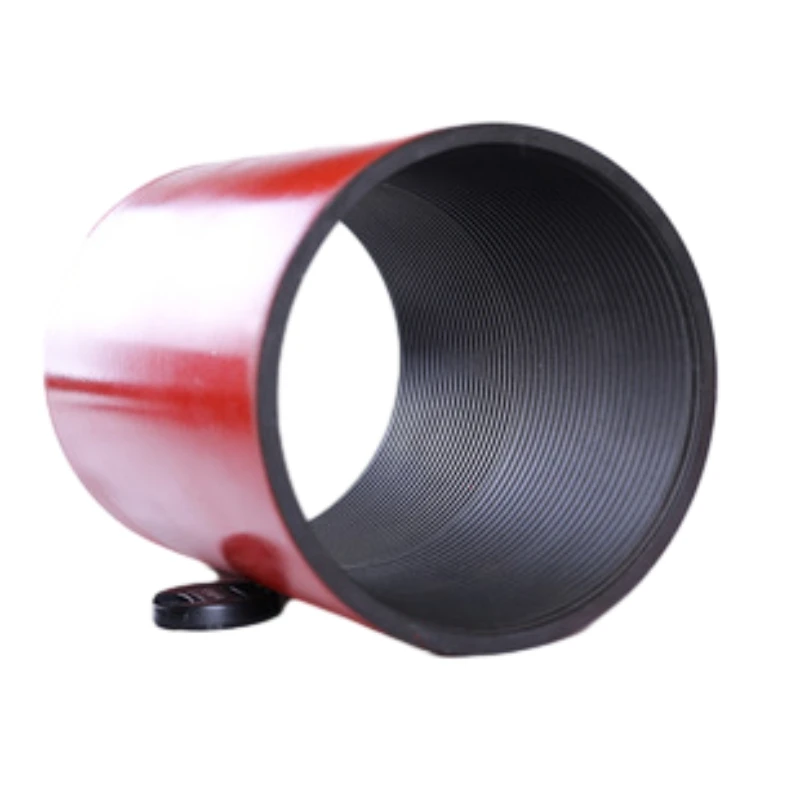- Afrikaans
- Albanian
- Amharic
- Arabic
- Armenian
- Azerbaijani
- Basque
- Belarusian
- Bengali
- Bosnian
- Bulgarian
- Catalan
- Cebuano
- Corsican
- Croatian
- Czech
- Danish
- Dutch
- English
- Esperanto
- Estonian
- Finnish
- French
- Frisian
- Galician
- Georgian
- German
- Greek
- Gujarati
- Haitian Creole
- hausa
- hawaiian
- Hebrew
- Hindi
- Miao
- Hungarian
- Icelandic
- igbo
- Indonesian
- irish
- Italian
- Japanese
- Javanese
- Kannada
- kazakh
- Khmer
- Rwandese
- Korean
- Kurdish
- Kyrgyz
- Lao
- Latin
- Latvian
- Lithuanian
- Luxembourgish
- Macedonian
- Malgashi
- Malay
- Malayalam
- Maltese
- Maori
- Marathi
- Mongolian
- Myanmar
- Nepali
- Norwegian
- Norwegian
- Occitan
- Pashto
- Persian
- Polish
- Portuguese
- Punjabi
- Romanian
- Russian
- Samoan
- Scottish Gaelic
- Serbian
- Sesotho
- Shona
- Sindhi
- Sinhala
- Slovak
- Slovenian
- Somali
- Spanish
- Sundanese
- Swahili
- Swedish
- Tagalog
- Tajik
- Tamil
- Tatar
- Telugu
- Thai
- Turkish
- Turkmen
- Ukrainian
- Urdu
- Uighur
- Uzbek
- Vietnamese
- Welsh
- Bantu
- Yiddish
- Yoruba
- Zulu
Understanding the Function and Importance of Pup Joints in Oil and Gas Drilling Systems
Understanding Pup Joints An Essential Component in Oil and Gas Drilling
In the realm of oil and gas drilling, various components play crucial roles in ensuring efficiency, safety, and reliability. One such vital component is the pup joint. Though often overlooked, pup joints are integral to the overall functionality of drilling operations.
What is a Pup Joint?
A pup joint is a short length of pipe used in drilling operations, typically measuring between 2 to 10 feet in length. It is primarily employed to connect various sections of drilling equipment, such as drill pipes, casing pipes, or other components. The term pup refers to the pipe's relatively short length, much like a 'puppy' is a small version of a dog. Although these joints are shorter than regular pipes, they serve an important function by allowing for adjustments in length to accommodate specific drilling requirements.
Purpose of Pup Joints
The pup joint's primary purpose is to adjust the overall length of a drilling assembly. Drilling operations often require precise measurements and configurations to optimize performance. By incorporating pup joints, engineers can make minor adjustments without the need for extensive modifications or the replacement of longer pipe sections. This flexibility enhances efficiency and saves time and resources.
Pup joints also play a critical role in maintaining the structural integrity of the drilling assembly. When drilling in challenging geological formations, it may be necessary to use a combination of longer and shorter pipe segments. Pup joints facilitate this requirement by offering a way to fine-tune the length of the assembly while ensuring compatibility with other components.
what is a pup joint

Types of Pup Joints
Pup joints come in various types, each designed for specific applications and environments. Common types include
1. Standard Pup Joints These are the most basic and widely used pup joints, designed for general drilling applications. 2. Threaded Pup Joints These joints feature threaded ends, allowing them to be easily screwed into other pipe sections. They provide a tight seal and are essential for high-pressure applications. 3. Flanged Pup Joints Flanged joints are equipped with flanges, facilitating quick connections and disconnections. They are especially useful in situations where frequent adjustments are necessary.
Materials Used in Pup Joints
The materials utilized in manufacturing pup joints are crucial for their performance and longevity. Most pup joints are constructed from high-quality steel, designed to withstand the extreme pressures and corrosive environments encountered during drilling. In some cases, specialized coatings or treatments are applied to enhance durability and resistance to wear and tear.
Conclusion
In summary, pup joints may be small and unassuming components in the larger context of oil and gas drilling, but their importance cannot be overstated. They provide the necessary flexibility and precision required in modern drilling operations, ensuring that equipment can be tailored to meet specific needs. By understanding the role and function of pup joints, one gains a greater appreciation for the intricate and complex nature of the oil and gas industry. Each component, no matter how small, contributes to the successful extraction of valuable resources from the earth, highlighting the importance of innovation and engineering in driving the industry forward.
-
Tubing Pup Joints: Essential Components for Oil and Gas OperationsNewsJul.10,2025
-
Pup Joints: Essential Components for Reliable Drilling OperationsNewsJul.10,2025
-
Pipe Couplings: Connecting Your World EfficientlyNewsJul.10,2025
-
Mastering Oilfield Operations with Quality Tubing and CasingNewsJul.10,2025
-
High-Quality Casing Couplings for Every NeedNewsJul.10,2025
-
Boost Your Drilling Efficiency with Premium Crossover Tools & Seating NipplesNewsJul.10,2025







